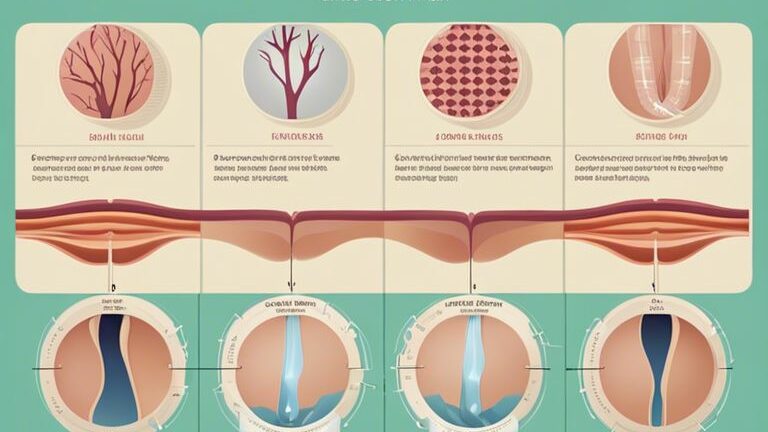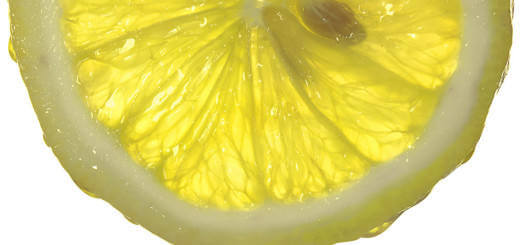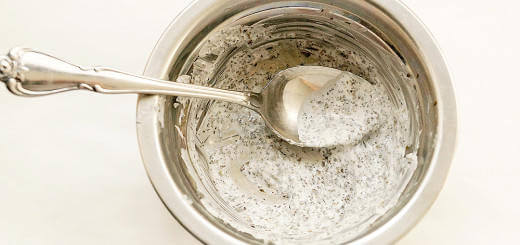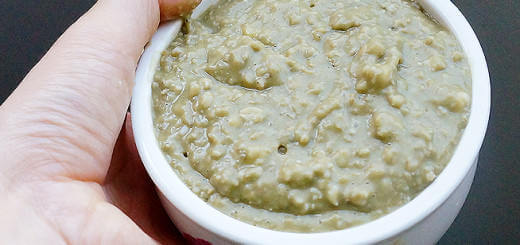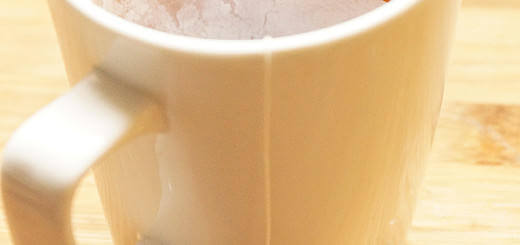The Genesis of Stretch Marks: Understanding Causes and Prevention
Many individuals, from expectant mothers to fitness enthusiasts and adolescents experiencing growth spurts, share a common concern – the dreaded stretch marks. These streaks that mar the skin’s surface can be a source of self-consciousness and frustration.
To truly tackle this issue, we need to examine the root causes of these stubborn marks. Hormonal changes, rapid growth, and fluctuations in weight are among the primary culprits behind the formation of stretch marks. Understanding these factors can empower individuals to take preventative measures to minimize their occurrence.
Anatomy of Stretch Marks
Skin Structure and Stretch Mark Formation
Before we research into the intricacies of stretch marks, it is crucial to understand the basic structure of our skin and how stretch marks come to be. The skin is made up of three layers: the epidermis, the dermis, and the hypodermis. Stretch marks, also known as striae, occur when the dermis is stretched beyond its elastic limit, causing collagen and elastin fibers to break down.
Types of Stretch Marks and Identifying Characteristics
With various causes such as hormonal changes, rapid growth, or weight gain, stretch marks can manifest in different forms on the skin. The two main types are striae rubrae and striae albae. Striae rubrae are fresh, often red or purple marks that indicate recent stretching of the skin. As they mature, striae albae appear as silvery-white scars. Perceiving these characteristics can help in determining the age and severity of the stretch marks.
The crucial step in preventative measures is understanding how stretch marks form and recognizing their different types. Identifying the characteristics of striae rubrae and striae albae can help individuals take proactive steps to prevent further stretching of the skin. Being aware of these distinctions is key in effectively managing and minimizing the development of stretch marks.
Preventative Measure
Regular Moisturization
Keeps skin hydrated and supple
Healthy Diet and Hydration
Promotes skin elasticity
Gradual Weight Gain or Loss
Reduces sudden stretching of skin
Exercise and Muscle Toning
Strengthens skin structure
Seeking Medical Advice
Provides professional guidance for severe cases
Major Causes of Stretch Marks
Hormonal Changes and Their Effects on the Skin
Hormonal changes play a significant role in the development of stretch marks. For instance, during pregnancy, fluctuations in hormone levels such as estrogen and cortisone make the skin more vulnerable to stretching, leading to the formation of stretch marks. Similarly, hormonal imbalances during puberty or hormonal treatments can also contribute to the appearance of stretch marks on the body.
Physical Expansion and Rapid Growth Issues
Stretch marks can also be a result of rapid growth and physical expansion. Their occurrence is commonly observed in teenagers experiencing growth spurts and individuals rapidly gaining or losing weight. These sudden changes put immense pressure on the skin, causing it to stretch beyond its natural elasticity and leading to the formation of stretch marks.
Strategies for Prevention
Diet, Nutrition, and Skin Health
For those looking to prevent stretch marks, focusing on maintaining a balanced diet rich in vitamins A, C, and E, zinc, and collagen can help improve skin elasticity and reduce the likelihood of developing stretch marks. Additionally, staying hydrated and consuming foods high in antioxidants can contribute to overall skin health and resilience.
Recommended Skincare Routines and Products
Skincare plays a crucial role in preventing stretch marks. To keep your skin healthy and more resistant to stretching, incorporate moisturizing creams, oils, and lotions into your daily routine. Look for products containing ingredients like shea butter, cocoa butter, and hyaluronic acid to keep your skin hydrated and supple. With consistent use, these skincare products can enhance skin elasticity and reduce the likelihood of stretch marks forming.
Treatment and Management
Non-Invasive Options for Reducing Appearance
Your stretch marks may be a source of concern, but there are non-invasive methods you can try to minimize their appearance. An important approach is to consistently apply moisturizers and creams containing ingredients like vitamin E, hyaluronic acid, and shea butter to keep your skin hydrated and improve elasticity. Additionally, regularly exfoliating the affected areas can help in fading the stretch marks over time. Do not forget, consistency is key when utilizing these methods to see noticeable results.
When to Consider Professional Treatment
Any persistent or severe stretch marks that do not respond well to home remedies may warrant professional treatment. If your stretch marks are causing you distress or affecting your self-confidence, it’s worth considering options like laser therapy, microdermabrasion, or chemical peels. These treatments are conducted by trained professionals and can be effective in reducing the appearance of stretch marks significantly. Consult with a dermatologist to explore which option may be the most suitable for your specific situation.
Final Words
On the whole, understanding the common causes of stretch marks and taking preventative measures can arm individuals with the knowledge needed to minimize their occurrence.
Whether you are a pregnant woman, bodybuilder, or teenager going through a growth spurt, being proactive in caring for your skin can make a significant difference.
From maintaining a healthy diet and staying hydrated to regularly moisturizing and using specialized creams, there are various steps you can take to support your skin’s elasticity and resilience.
By incorporating these preventative measures into your daily routine, you can help reduce the likelihood of developing stretch marks and promote overall skin health.
Note, prevention is key when it comes to managing and minimizing the appearance of stretch marks. Stay informed and proactive to maintain the health and appearance of your skin.

